Superheroes fly. Fantasy dazzles. But mystery? It lingers. Sometimes it keeps you up at night or you feel like telling someone about what you’ve just experienced. Suspense, terror, danger, longing, intrigue. It’s all there along with the desire to find out “who-done-it”.

Mysteries make you think. It pries open the doors of doubt and lets the mind play. In a world that loves big explosions and cosmic stakes, the quiet, deliberate tension of a well-told mystery often gets lost. That’s a shame because mystery comics do something other genres rarely achieve—they hold up a mirror to humanity’s darker truths while keeping us on the edge of our seats. The good ones make us think even after we put the pages away. Although I’ve never worked for them, there is one comic publishing conglomerate that knows how to satisfy the mystery itch.
Image Comics gets it.
For the last decade, they’ve been leading the charge in mystery and thriller storytelling. They’ve let creators off the leash, and the results are bold, unnerving, and unforgettable. From conspiracy-laden page-turners to noir-soaked character studies, Image delivers stories that prove comics don’t need capes to be compelling.
The Unstoppable Rise of Image Comics in Mystery
Let’s give credit where it’s due. Image Comics has become the playground for creators who want to experiment with suspense and intrigue. Why? Freedom. Creators retain ownership of their work here, which means they take risks, tell unconventional stories, and steer clear of formulaic plots.
Take The Department of Truth by James Tynion IV and Martin Simmonds. It’s a masterclass in paranoia, bending reality into knots as it dives into the question: What if the wildest conspiracy theories were true? Then there’s Kill or Be Killed, a dark, psychological ride from Ed Brubaker and Sean Phillips, forcing readers to wrestle with morality and the weight of impossible choices.
These aren’t just comics—they’re experiences. They haunt your thoughts long after the final panel.
Ten Must-Read Mysteries from Image Comics
If you’re ready to dive into the genre, start with these gems:
- The Department of Truth: Conspiracies meet haunting visuals.
- Kill or Be Killed: A moral thriller that cuts deep.
- Criminal: Noir storytelling at its finest.
- Deadly Class: High school assassins and existential chaos.
- Black Science: Sci-fi and mystery collide with jaw-dropping results.
- Monstress: A beautifully illustrated tale of secrets and survival.
- Paper Girls: Time travel, nostalgia, and suspense.
- The Wicked + The Divine: Mythology wrapped in a pop-culture mystery.
- Gideon Falls: Atmospheric horror that chills and thrills.
- Seven to Eternity: A sprawling tale of family, betrayal, and moral conflict.
Each title brings something unique to the table, showcasing the incredible range that Image Comics has cultivated.
And if you haven’t heard of The One Hand & The Six Fingers, don’t miss out. The trade paperback drops this December, crafted by Dan Watters, Laurence Campbell, and Ram V. It’s a thrilling crime story with shades of Blade Runner and Se7en—a sci-fi horror blend that keeps you questioning what’s real and what’s nightmare.
Why Now?
In a media landscape dominated by noise, mystery comics whisper. They draw you in, force you to pay attention, and reward you for doing so. We live in a time when truth feels slippery, and questions feel more honest than answers. Mystery comics tap into that uncertainty, offering not just escapism but deeper reflection.
While superheroes keep saving the world, mystery comics remind us why it needs saving in the first place. Let’s celebrate the creators brave enough to write between the lines and the publishers smart enough to let them.
Image Comics: A Haven for Risk-Taking Creators
Image operates on a revolutionary principle: creators own their stories. No corporate overlords diluting vision for mass appeal. This freedom has made Image a beacon for writers and artists who want to break boundaries and tackle big ideas without compromise.
This ethos shines in their mystery catalog, where intricate plots meet jaw-dropping visuals. Take The Department of Truth, a cerebral rollercoaster crafted by Tynion and Simmonds, or Kill or Be Killed, where Brubaker and Phillips redefine modern noir with raw, emotional storytelling.
From Criminal’s anthology of crime fiction to Monstress’ stunning fusion of fantasy and mystery, Image proves that comics can transcend genre to become art.
These Creators Define the Genre Right Now
These writers and artists aren’t just telling stories; they’re redefining what comics can be. Brubaker and Phillips have turned noir into poetry. Tynion and Simmonds make paranoia a visual experience. Remender and Scalera inject high-energy chaos into narrative structure, and Liu and Takeda elevate fantasy with a level of craftsmanship that commands respect.
They’ve taken a genre often dismissed as formulaic and infused it with depth, innovation, and artistry. Their work shows that mystery and crime aren’t just genres—they’re explorations of human complexity.
The Quiet Power of Mystery
Mystery comics don’t shout. They don’t swing hammers or summon dragons. They whisper, making you lean in closer. They challenge you to think, to question, and to reflect.
At a time when spectacle often overrides substance, they remind us that a well-placed shadow or a thoughtful pause can be more powerful than the loudest explosion. So, the next time someone hands you a superhero epic or a sprawling fantasy saga, pause for a moment. Look for the quieter book with a mystery brewing on the cover.
If it’s an Image comic? Well, you’re in for something unforgettable.

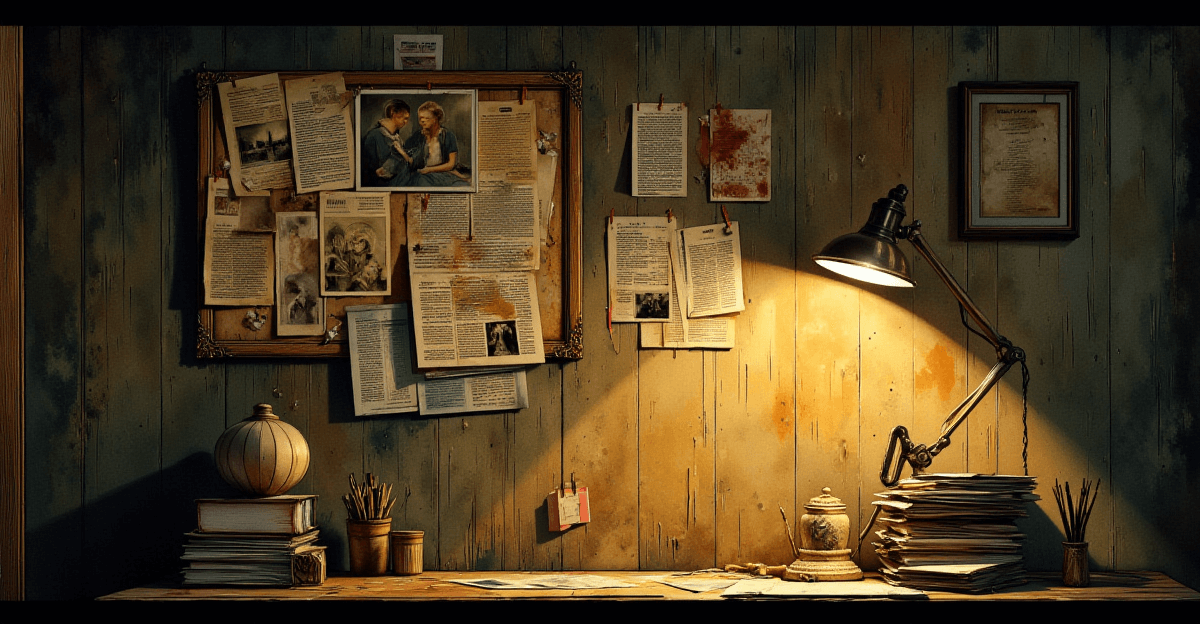
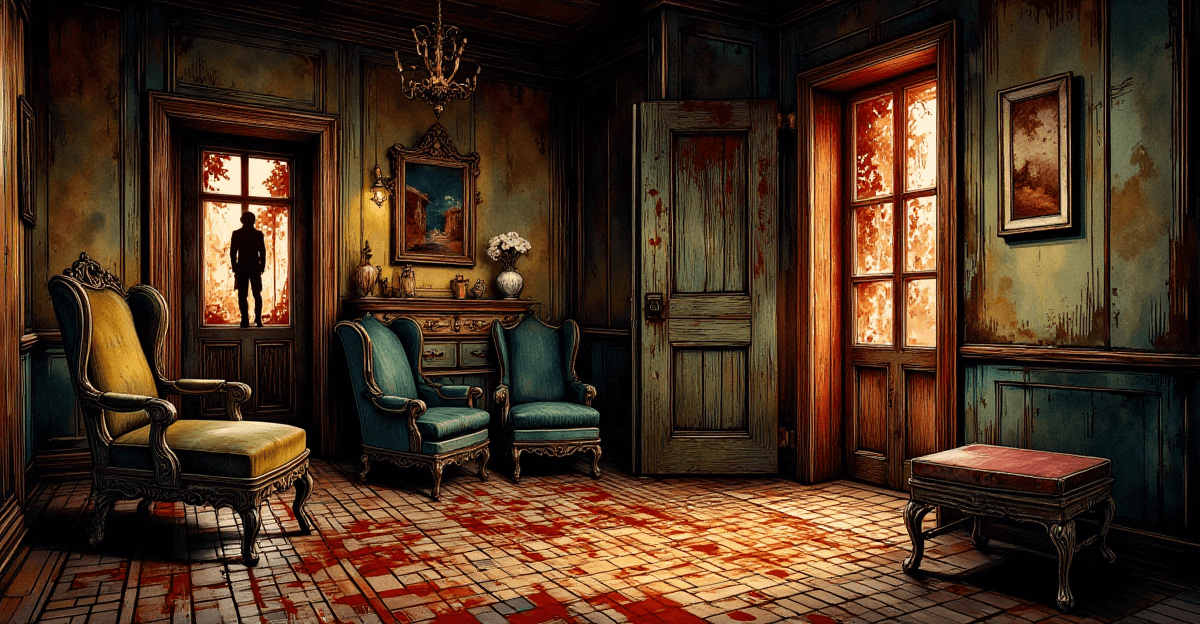





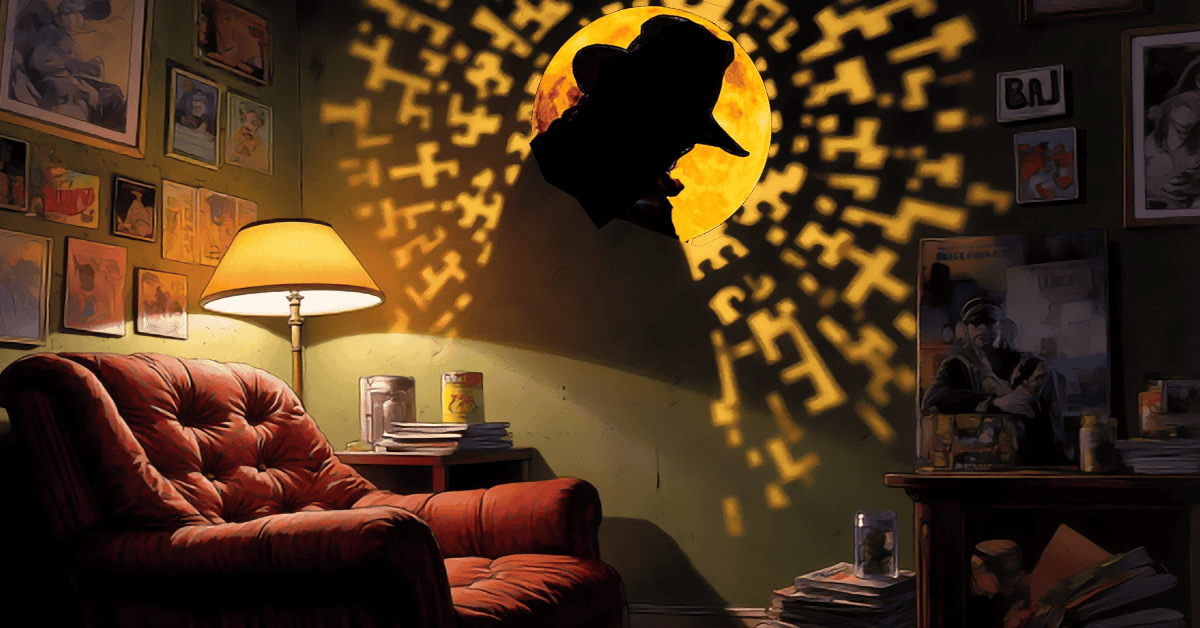

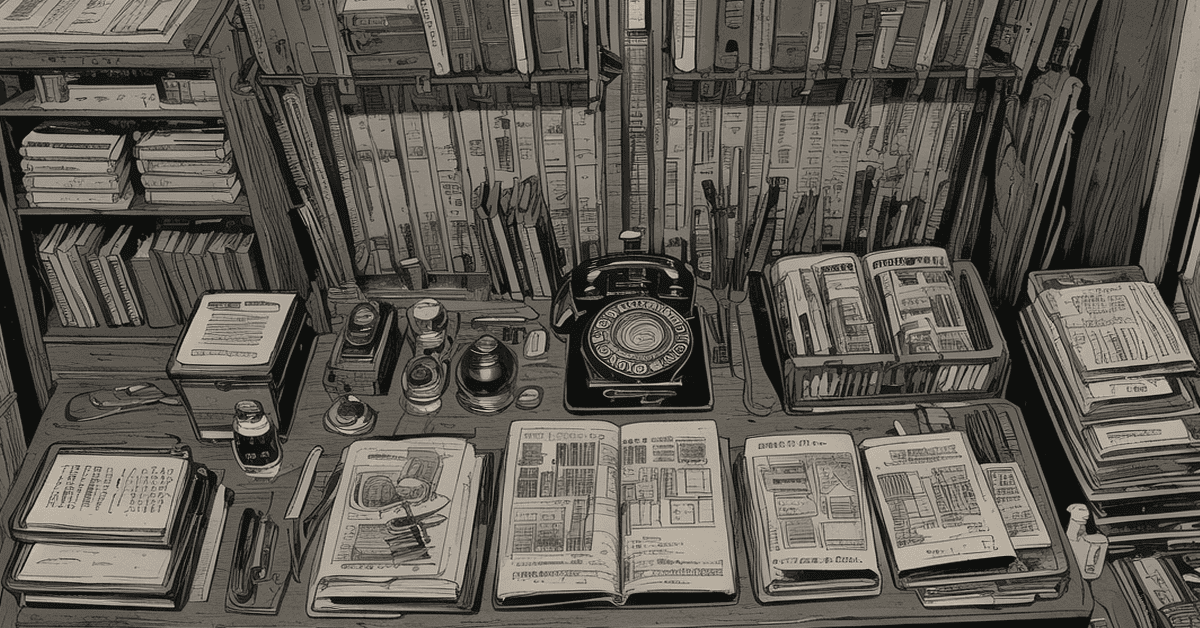

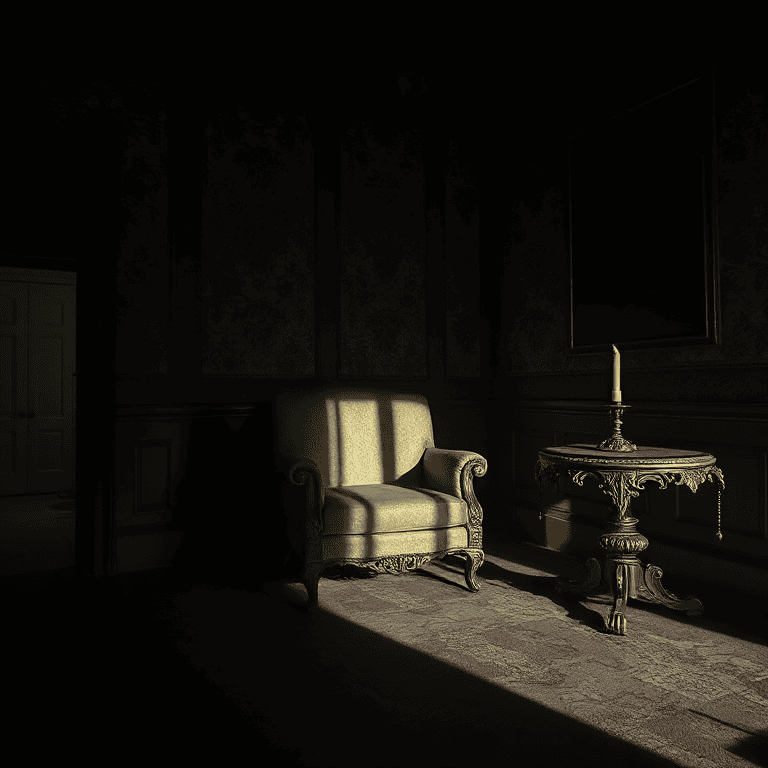

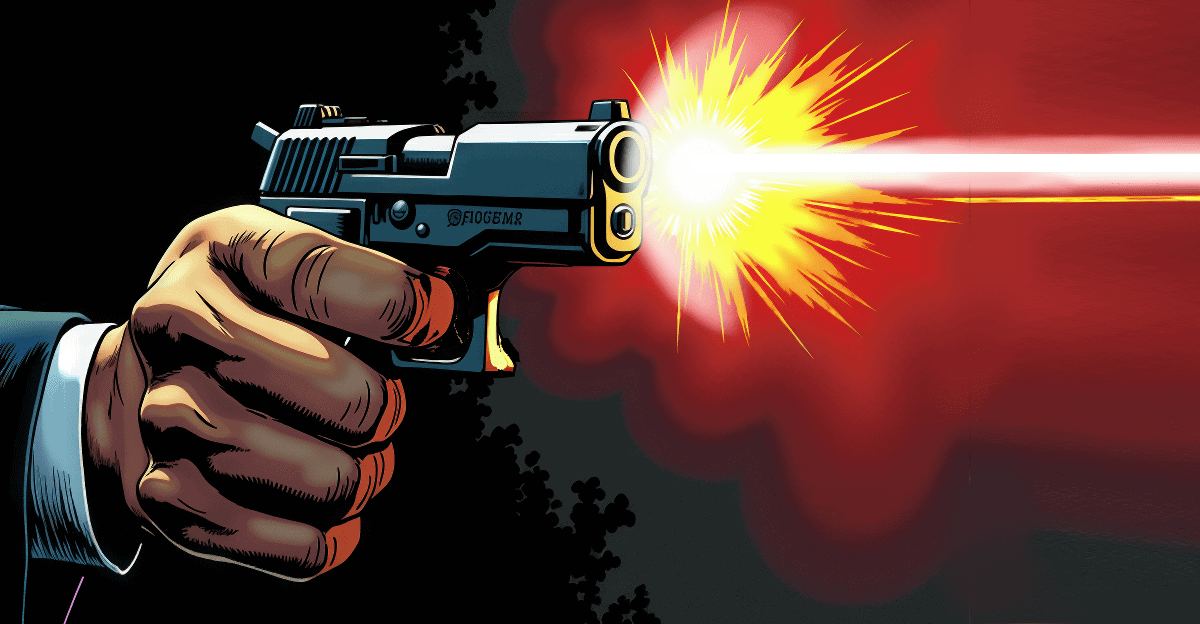
 Writing a comic book script is like playing chess against yourself—if you know the ending too soon, it takes the thrill out of the game. But when writing a mystery comic or graphic novel? You have to start with the crime. Reverse engineering becomes your best friend.
Writing a comic book script is like playing chess against yourself—if you know the ending too soon, it takes the thrill out of the game. But when writing a mystery comic or graphic novel? You have to start with the crime. Reverse engineering becomes your best friend.